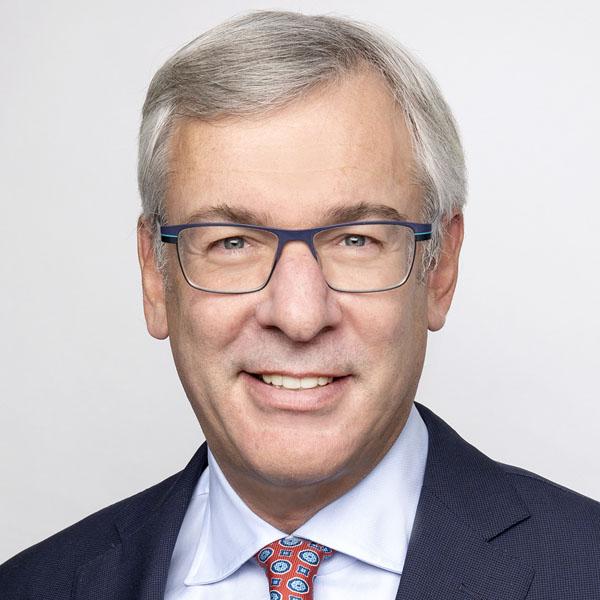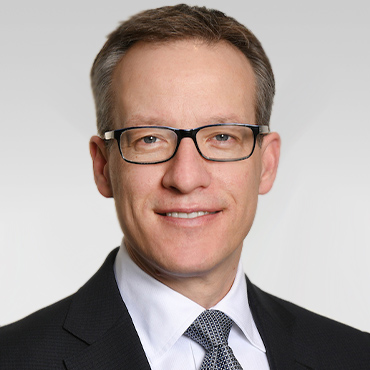Key Points
- Consumers and corporates are in a relatively good position, as many of them have built up savings over the last two years that can now act as a buffer to further shocks.
- However, if supply cannot meet demand, these savings may lead to inflation without growth, or in the worst case, stagflation.
- How banks will be impacted by rising interest rates depends on the type and amount of their deposits and their deposit-to-loan ratio.
- For consumers in hot housing markets like the U.S. and Canada, rising rate may eat into a lot of disposable income, as people have stretched their finances to purchase homes.
Although the worst of the pandemic is seemingly behind us, there are still challenges in the current macro-economic picture. There are lingering labor and supply chain issues in the U.S., rising concerns about inflation and the increasing likelihood of earlier and faster rate hikes by the Federal Reserve, not to mention the military conflict between Ukraine and Russia.
In his keynote, Dave McKay, President and CEO of Royal Bank of Canada, discussed how the economy is being hit with new mismatches, even as we emerge from the old.
“Through the pandemic, we had a large, systemic supply/demand imbalance, a liquidity mismatch between savings and investment, and emerging energy, supply chain and labor mismatch. All of that led to strong inflationary numbers, but there was confidence that central banks were going to react to it well and in coordination,” he said.
“Now, everything has been further disrupted by the humanitarian crisis and war between Russia and Ukraine; energy markets and supply chains are dislocated and investors are trying to predict if central banks will tighten, or not, at the same pace.”
The specter of stagflation
Early last year, the concern was inflation and how markets and central banks would respond. Now the concern is stagflation. There are still large amounts of corporate and consumer savings and pent-up demand in the economy from the pandemic, but with a lack of labor and goods to meet that demand, the question becomes will where will that demand lead? Can it spur inflation and growth? Or will the rising cost of living impede the savings and spending power of consumers leading to an inflationary environment without growth, or in the worst case, stagflation.
“There's a confusing range of early, mid and late cycle signals that probably mean that we're closer to a mid-cycle economy than we are early cycle. It’s difficult for investors to read, and it’s difficult for business leaders to understand the effects on margins.”- Dave McKay, President & CEO, Royal Bank of Canada
Rate sensitivity for banks
With inflation comes rising interest rates, which have direct implications for the financial sector. For McKay, the first thing to look at is bank deposits. In the US, around $2.5 trillion dollars of surplus consumer deposits were built up in the last two years. But around 60% to 65% of it sits with the top quintile of US consumers. The bottom 40% of US consumers have often accrued more debt, using savings and credit cards through the duration of the pandemic.
“Where does the surplus get spent? Does it get invested? Does it buy housing? All bank CEOs are trying to figure out the duration and the beta of those deposits,” says McKay.
“RBC has spent the last 15 years building low beta, core deposits, a focused concerted investment in our core deposits both on the consumer side and the business side. That has led to significant market share increase for us in the core deposit, low beta and zero beta business. Our franchise caters to the upper three quintiles in Canada and the upper decile in the U.S., so it focuses on where a lot of those surplus deposits have grown.”- Dave McKay, President & CEO, Royal Bank of Canada
Consumer risks and economic risks
On the consumer spending side, surplus deposits provide a cushion for shocks in the system. When the pandemic started, people generally didn’t have large asset buffers to protect them from financial shocks. But with built-up savings in certain sections of the population, more people have these cushions, whether the shock is felt on an economic or on an individual level. That will act as risk mitigant against rising rates and the rising cost of living.
On the flipside is the US and Canada housing market where there has been a supply-demand imbalance. RBC imposes a strong adjudication process on all its loans as part of good risk practice, but consumers have been stretching themselves to purchase homes with too few new listings and very strong demand being realized in the marketplace.
“I worry about the drag on the economy as we raise rates and we have more disposable income going into servicing debt. That’s less dollars for travel, for goods and services, but consumers are making that trade-off. We’re uncertain as to the longer term impact on growth from that trade-off that they’re making,” says McKay.
How will corporate savings be spent?
"It’s not just consumers that were saving during the pandemic; companies too were building up capital and are now in a position to spend – including the banks." RBC is sitting on around 13.5% tier one equity ratio and has opportunities ahead.
“We’re returning capital to shareholders, through higher dividends and through share buyback programs. But the important thing to remember is capital can only be misspent, and we are at highs as far as asset prices and valuations. Therefore, you have to be thoughtful and careful about when you buy, how you deploy income, what the shareholder return is, and often patient capital wins in the day.”- Dave McKay, President & CEO, Royal Bank of Canada
When it comes to potential acquisitions, McKay adds: “We feel very good about outperforming without feeling the need to do something strategic or significant. But timing is important. And the right asset is very important. So it may or may not happen.”

